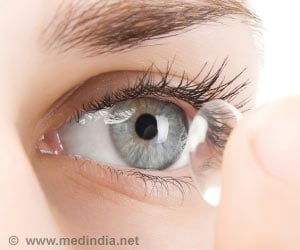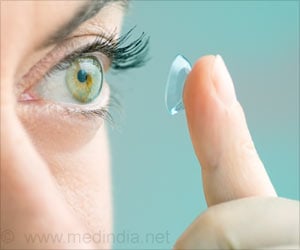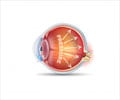Blood sugar and intraocular pressure can be self-monitored by patients wearing smart contact lenses with in-built bio-sensors.
- Diabetes is the most common cause of high blood sugar levels and affects over 400 million people worldwide.
- Uncontrolled diabetes is associated with several complications including raised intraocular pressure or glaucoma.
- New smart contact lenses help in self-monitoring of blood sugar levels and intraocular pressure.
The main aim of this research was to develop a patient-friendly device equipped with wireless electronic bio-sensors that can be worn by the patient. The device can detect changes in the health, alert the patient and transmit the information to a health professional for appropriate intervention.
New Smart Contact Lenses With Bio-Sensors
- It is known that blood sugar levels can be measured with tears. To this end, several attempts have been made to develop contact lenses that, when worn by the patient,.can be used to monitor blood sugar levels.
- Prior research had succeeded in developing contact lenses for the purpose. However the major drawbacks were the use of opaque electrodes in the contact lenses that blocked the view. Also the firm plastic material of the contact lenses made wearing them impossible.
- The current study has tried to overcome these issues and developed new smart contact lenses made of transparent and flexible material. Also the electrodes are made of metal nanowires and highly stretchable graphene sheets. Thus, the patient wearing the contact lenses felt comfortable and at ease.
- The use of a wireless antenna to read and transmit the information avoids the use of a power source like battery.
- Intraocular pressure can be measured by using the dielectric layers. The dielectric layer is an electrically non-conductive layer, that divides both positive and negative charges. The thickness of this layer varies from becoming thinner as the intraocular pressure increases, to thickening as the intraocular pressure decreases. The IOP sensor, embedded in the contact lenses detects the change and sends the information to the wireless antenna.
- The contact lenses retained their ability to detect changes in blood sugar levels and intraocular pressure changes even if they became deformed or exposed to various substances present in the tears.
Scope of this Research
Should the safety and efficacy device be established in clinical trials, then a day may come when such smart devices with wireless bio-sensors can be used to monitor and treat several human diseases.
Reference:
- Diabetes - Key Facts - (http://www.who.int/mediacentre/factsheets/fs312/en/)
















